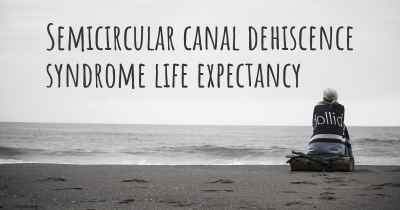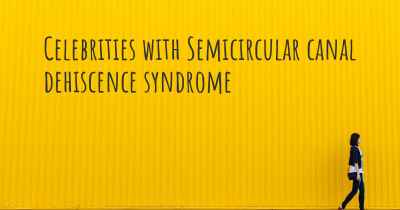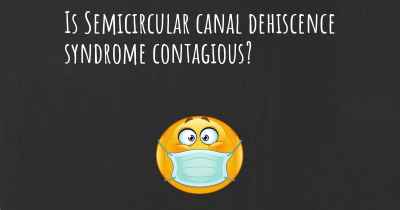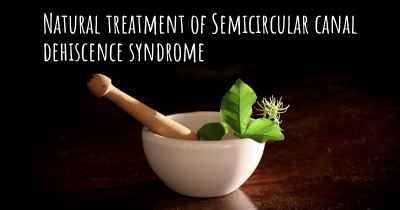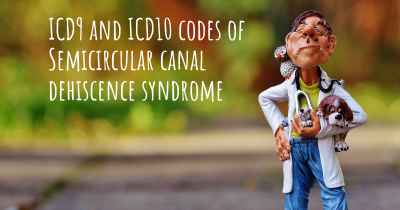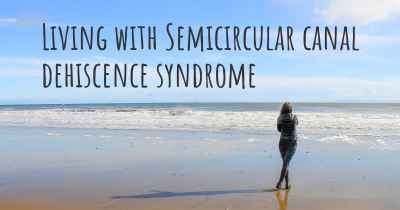Is Semicircular canal dehiscence syndrome hereditary?
Here you can see if Semicircular canal dehiscence syndrome can be hereditary. Do you have any genetic components? Does any member of your family have Semicircular canal dehiscence syndrome or may be more predisposed to developing the condition?
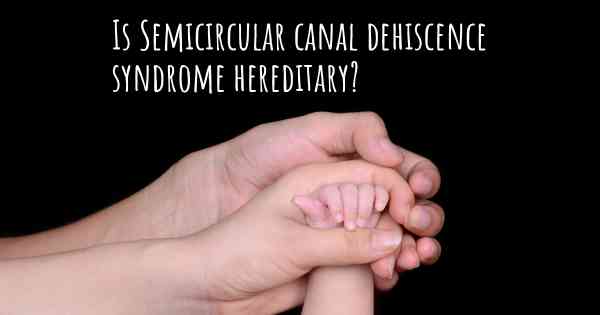
Semicircular canal dehiscence syndrome is a condition where the bone covering the inner ear's semicircular canal is abnormally thin or absent. While the exact cause is not fully understood, it is believed to be a combination of genetic and environmental factors. Research suggests that there may be a hereditary component to the syndrome, meaning it can be passed down through families. However, more studies are needed to fully understand the genetic factors involved.
Semicircular canal dehiscence syndrome (SCDS) is a medical condition that affects the inner ear. It is characterized by a thinning or complete absence of the bone that covers the semicircular canals, which are responsible for detecting rotational movements of the head. This condition can lead to a variety of symptoms, including hearing and balance problems.
When it comes to the hereditary nature of SCDS, there is currently no definitive answer. While some studies suggest a possible genetic component, others indicate that it may be acquired or caused by other factors. Let's explore the available evidence and different perspectives on this matter.
Genetic Factors:
Research has shown that certain genetic mutations may be associated with an increased risk of developing SCDS. For example, a study published in the journal "Otology & Neurotology" found that a specific gene variant called COL11A1 may be linked to the development of SCDS. This gene is involved in the production of collagen, a protein that plays a crucial role in the formation of bone and connective tissues.
Another study published in the "Journal of the Association for Research in Otolaryngology" identified a potential genetic link between SCDS and a gene called TGFβ1. This gene is involved in the regulation of bone growth and development.
While these findings suggest a genetic predisposition to SCDS, it is important to note that not all individuals with these gene variants develop the condition. This indicates that other factors, such as environmental or acquired factors, may also play a role.
Acquired Factors:
SCDS can also be acquired through various factors that are not related to genetics. One possible cause is trauma or injury to the head or ear. A study published in the "Journal of Laryngology and Otology" reported that head trauma was a significant factor in the development of SCDS in some patients.
In addition, certain anatomical variations or abnormalities in the structure of the inner ear may contribute to the development of SCDS. These variations can be present from birth or develop over time. For example, a study published in the "Journal of Neurosurgery" found that individuals with a thinner bone overlying the superior semicircular canal were more likely to develop SCDS.
Other Factors:
There are several other factors that may contribute to the development of SCDS, including age, gender, and hormonal changes. SCDS is more commonly diagnosed in individuals between the ages of 30 and 60, with a higher prevalence in women. Hormonal changes, such as those that occur during pregnancy or menopause, have also been suggested as potential triggers for SCDS symptoms.
Conclusion:
In conclusion, while there is evidence to suggest a genetic component to SCDS, the condition is likely influenced by a combination of genetic, acquired, and other factors. Further research is needed to fully understand the hereditary nature of SCDS and the specific genes or environmental factors that may contribute to its development.
It is important to consult with a healthcare professional for a comprehensive evaluation and diagnosis if you suspect you may have SCDS or have a family history of the condition. They can provide personalized guidance and recommend appropriate treatment options based on your individual circumstances.
